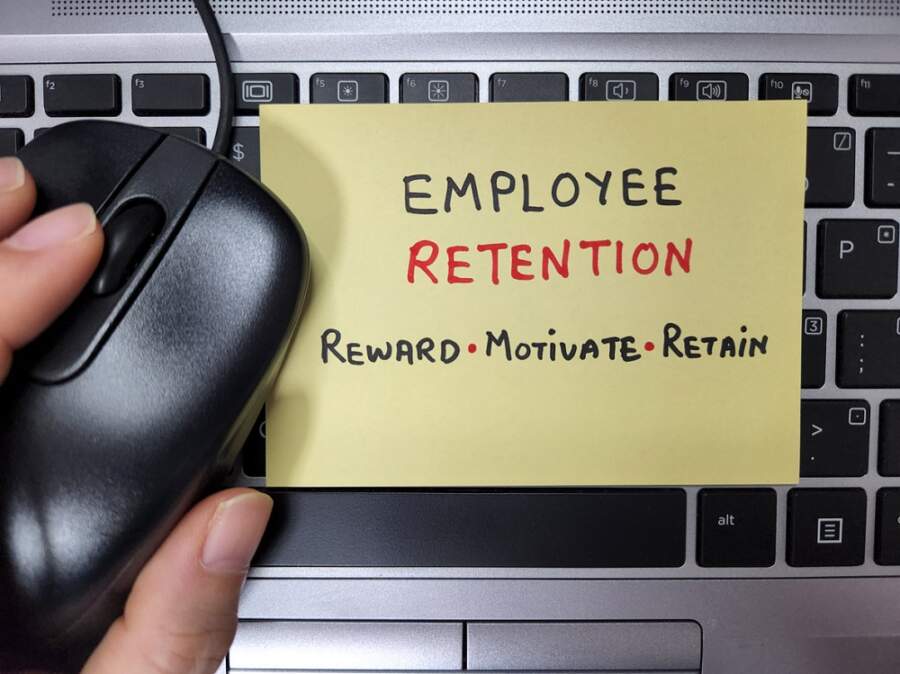
STATISTICS from the ONS show that there was a record high of job-to-job moves in the first quarter of 2022, reaching almost one million. Most of these were driven by workers voluntarily moving as the great resignation swept its way across the UK, with no sign of it slowing as we move towards 2023.

Ella Sheppard
Ella Sheppard, senior associate in leading law firm Nelsons’ expert employment law team, has provided her top five ways for employers to retain their staff during the great resignation:
1.Recruit and on-board deliberately
Trying to ensure that an employee stays with the business for a long time begins as early as the recruitment process and continues into their first weeks of employment. While a new recruit is being introduced to the business, it is important to set clear and concise expectations of what the job will involve and their expected responsibilities.
Overpromising during the recruitment process can quickly impact motivation and engagement, so be careful to try and accurately represent what life is like at your business from the outset and give careful thought to steps you can take to successfully integrate the employee into the business.
2.Set clear development pathways
Most employees want a clear development and career progression pathway. Not only does this benefit both them and the business by strengthening skills, but it proves that you value and recognise their contributions and are willing to invest in them as a valued member of the team. Consider also providing employees with the opportunity to undertake job-specific training in order to enhance and broaden their skills, supporting future career progression.
3.Workplace culture and perks
Organisations need to carefully consider and plan how they communicate their values and behaviours. Are there gaps in the current offering that competitors are shouting about? What can your business do differently to stand out from the crowd? For example, is flexible working not only allowed but encouraged? How else can you support the work life balance that is so important to modern employees?
Other perks, such as more annual leave for significant days or for longer serving employees, or occasional office lunches or dinners are also a relatively low-cost way of boosting employee satisfaction and, subsequently, retention.
4.Listen
Ultimately, one of the best ways to ensure your employees feel satisfied is to listen to what they say and invite feedback. It helps to show that you are committed to addressing worker concerns and consider their views to be valuable. There are a variety of tools to do this – from online anonymous surveys to the traditional suggestion box.
However, it is important to not only take suggestions, but to show you are properly considering suggestions and comments that are made and taking action where appropriate.
5.Retrain
If an employee has proven that they are a reliable and effective worker and a good fit for the organisation in terms of its values and culture, but they are not satisfied or thriving in their current role, they may benefit from being retrained and moved into a different position. This allows employers to retain good employees (and their skills and experience) but hopefully without them being dissatisfied at work.


